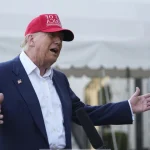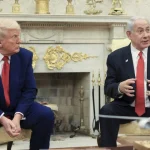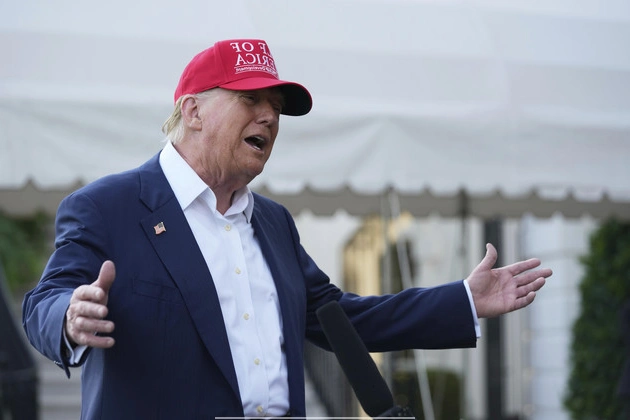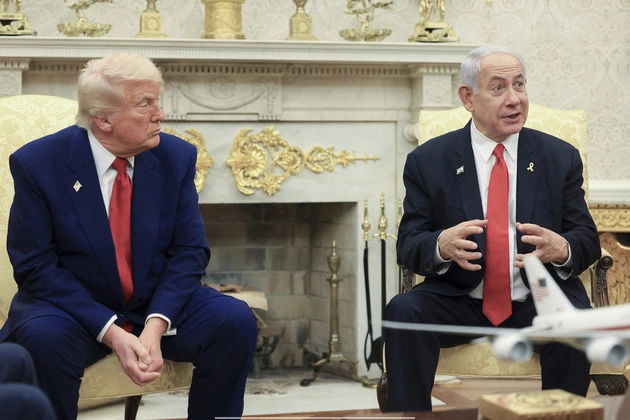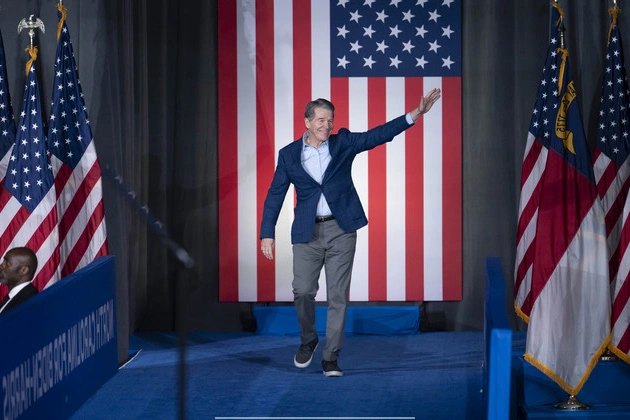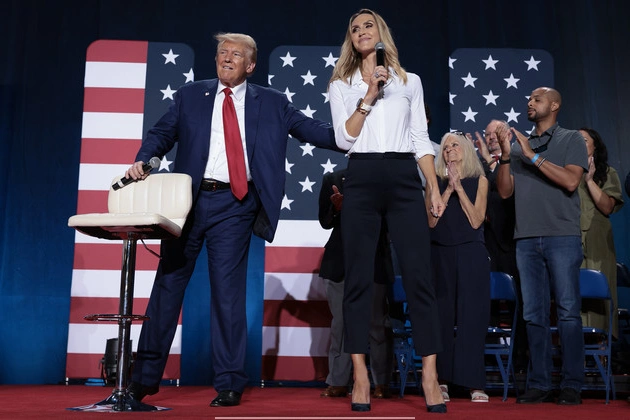
The ongoing trade war between the United States and China has brought to light a significant issue – the weakness of the US position in this economic conflict. Recent developments, including tariff carve-outs for certain products, have raised questions about the effectiveness of US trade policies.
Understanding Tariff Carve-Outs
One of the key strategies employed by the White House in its trade war with China has been the use of tariffs. However, the decision to carve out certain products from these tariffs has sparked debate and speculation about the US’s true intentions.
While the administration has defended these carve-outs as strategic moves, critics see them as a sign of weakness. The exemptions granted to specific industries reveal the challenges the US faces in its efforts to reshore manufacturing and reduce dependence on Chinese imports.
The Power Play Between Nations
China, on the other hand, has taken a firm stance in response to US tariffs, signaling its readiness to withstand economic pressures. The Chinese government’s countermeasures, including targeted tariffs and export restrictions, demonstrate its preparedness for a prolonged trade conflict.
Analysts predict that the trade war is likely to escalate further, with both countries unwilling to back down. The lack of progress in negotiations indicates a challenging road ahead for resolving trade disputes.
Looking Towards the Future
As the trade war continues, both the US and China are exploring alternative strategies to gain leverage. While the US aims to encourage manufacturing on home soil, China is seeking to strengthen its trade relationships with other nations.
It remains to be seen how these competing interests will play out in the coming months. The evolving dynamics of the US-China trade war will have far-reaching implications for global trade and economic stability.
